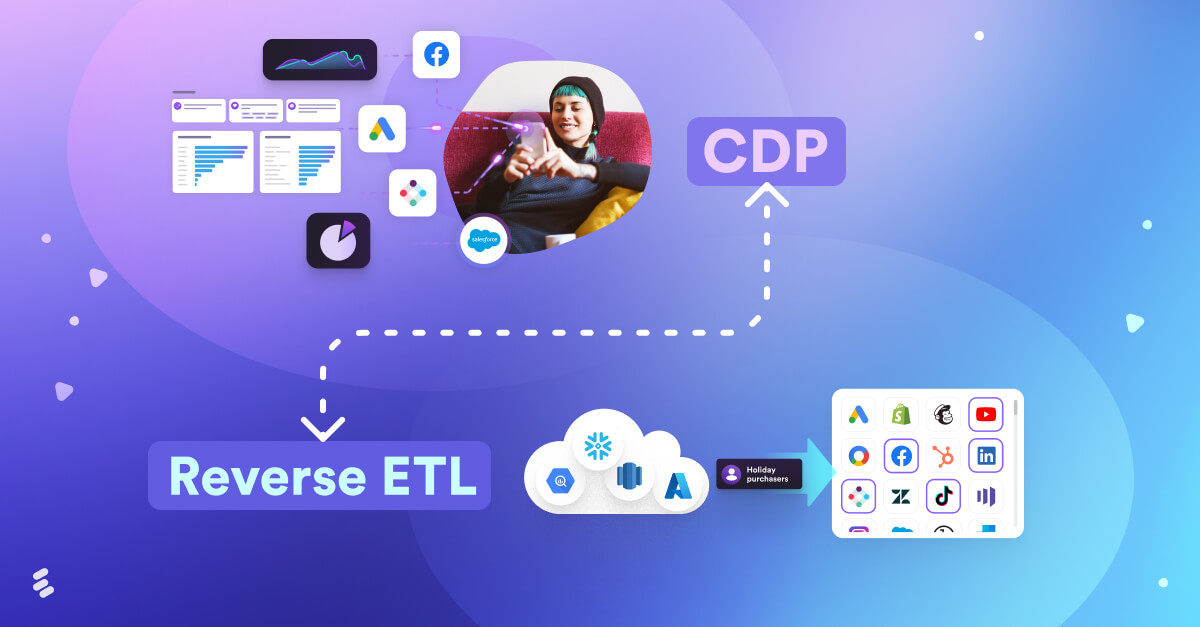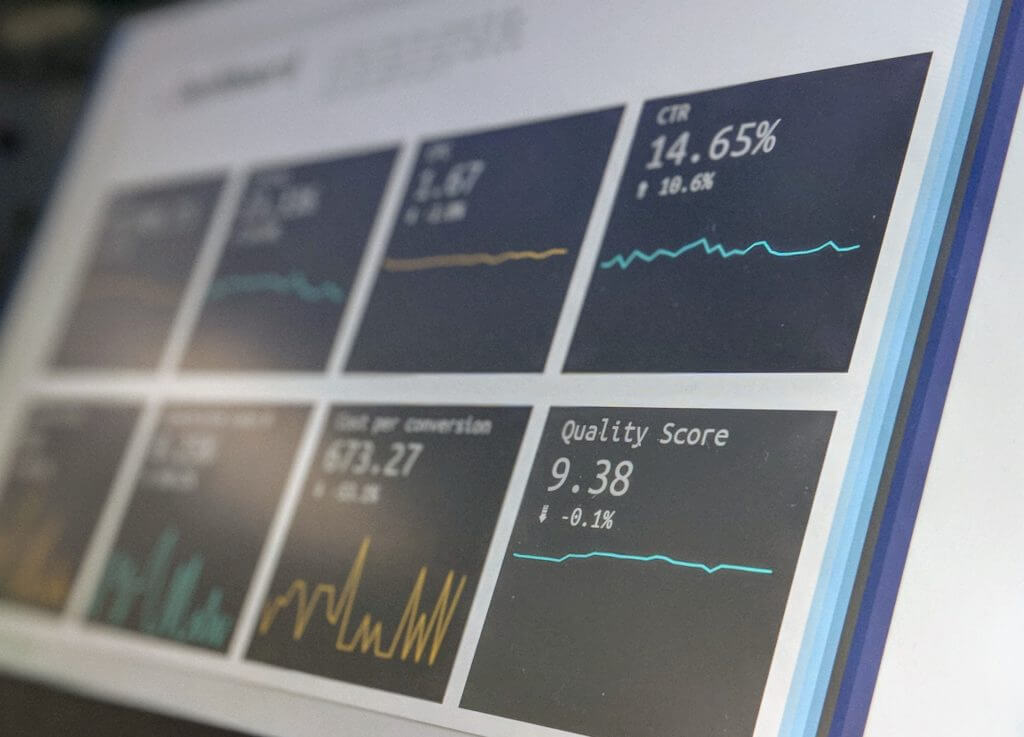Establishing the link between a CDP and reverse ETL
June 17, 2022

Often times, reverse ETL is compared with customer data platforms because they boast crucial aspects of distinctions, despite both being reliable data trends that help marketers make educated, data-driven decisions. A CDP is a third-party system used to store and analyze third-party customer data, while reverse ETL refers to the process of moving data to third-party systems like a CDP. Also, customer data platforms are designed to collect customer data with one purpose in mind. Meanwhile, reverse ETL is applied to different systems or data types while serving finance and customer/client support functions.
While their purpose, functionality, and technology differ, reverse ETL and CDPs are often intertwined and work better together than individually. Reverse ETL doesn’t provide the personalization that a CDP offers, ensuring better data collection and cross-channel marketing opportunities. Here’s how reverse ETL and a customer data platform best complement each other.
A CDP fills the gaps that reverse ETL has

Reverse ETL and CDP have overlapping functionalities that marketers should initially consider. Reverse ETL houses all data within a centralized warehouse, generating increased insights and performing consistent data modeling when accumulating more data sources. Meanwhile, customer data platforms focus on providing access to customer data, placing some limitations on the analysis that can be performed.
However, reverse ETL gains more purpose when integrated with customer data platforms because reverse ETL doesn’t include an interface to successfully activate data into personalized customer experiences that are fully functional and beneficial across multiple channels. A CDP unifies customer data from different disconnected tools and sources, creating single views of every customer and ensuring more targeted, personalized business analysis and market orchestration.
Many customer data platforms already have reverse ETL functionality
Customer data platforms and reverse ETL complement each other well in organization tech stacks and have long been intertwined. You’ll find that many CDP types already have reverse ETL functionality in their data management systems. However, CDPs go higher by activating data through identity management and cross-channel orchestration in workflows that marketers will favor.
CDPs provide unique and strong customer identity models, facilitating two-way data flow between data warehouses and end channels. A CDP creates single-profile customer views that merge user data that spans different disconnected tools. Without the foundation of a CDP, marketers either have to maintain customer profiles in every end channel, which causes fragmentation. Or, they have to build logic within a data warehouse, which can be time-consuming. While a reverse ETL lets marketers filter data, it may require the experience of engineering teams to execute either of these solutions. A customer data platform, by contrast, allows marketers to access data through no-code workflows, improving the overall efficiency and time-to-value.
Furthermore, customer data platforms offer dynamic orchestration, with actions defined within the platforms to drive powerful and complete cross-channel marketing. As a result, marketers optimize their returns on investment (ROI) and engagement because the dynamic orchestration is highly responsive to real-time customer behavior.
CDP and reverse ETL use cases
Using a CDP and reverse ETL together ensures strong cross-channel customer journeys that are easy to track. Data management largely centers around seamlessly moving data across end channels. The data should always be accessible within orchestration tools, allowing data to be actionable to marketers. With unified and complex data integrated within marketing tools, marketing professionals can provide hyper-personalized customer experiences, leveraging relevant cross-channel journeys, content, and targeted messaging.
Reverse ETL solutions that primarily focus on data orchestration are contained primarily in moving data from warehouses to SaaS applications. CDP solutions also have data orchestration capabilities but make data actionable within downstream orchestration tools. Combining a CDP and reverse ETL ensures the harmonious control of two-way data flow, allowing marketers to create highly impactful cross-channel customer experiences.
Plus, marketers have more access to unified customer views, reducing the resources and time businesses exhaust engaging with customers across various endpoints. Rather than siloed user experiences, combining a customer data platform with reverse ETL ensures marketing campaigns are agile and highly targeted.
Lytics is a customer data platform that ensures you provide the hyper-personalization that your customers demand, relying on data-driven insights to help you improve your business performance. Check out our wide range of resources, including our white papers, so we can help you grow your business organically.



